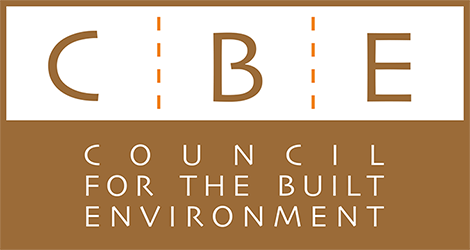SOUTH AFRICA’S BUILT ENVIRONMENT SERVES AS A BEACON OF HOPE AND PROGRESS
OPINION PIECE
Date: 21 March 2024
To: All media
Embargo: For Immediate Release
About the Author:
Dr. Msizi Myeza is a Town Planner by profession and the Chief Executive Officer of the Council for the Built Environment. By nature, he is a loyal South African determined to make a difference in the transformation of his beloved post-apartheid country of birth. He writes here as a serving public sector official.
SOUTH AFRICA’S BUILT ENVIRONMENT SERVES AS A BEACON OF HOPE AND PROGRESS
South Africa’s Human Rights Day on 21 March is a poignant reminder of the sacrifices made in the fight for democracy and the importance of standing up against injustice and oppression.
In 1960, the world witnessed the brutal massacre of 69 peaceful protesters in Sharpeville. Innocent lives were lost simply for demanding their basic human rights. As we look back on this dark chapter in our history, it is crucial that we reflect on the progress made since then and focus on the work that still lies ahead.
In the context of South Africa, but also on a global scale, the interplay between the built environment and human rights is evident. In South Africa, the built environment stands as a poignant reflection of the country’s tumultuous history; from systemic inequalities to political unrest, the fight for justice and equality continues.
The injustices of the past have left lasting scars on the built environment. Apartheid spatial planning still impacts our country, 30 years after democracy, exacerbating socio-economic disparities and hindering the realisation of basic human rights for many.
South Africa’s physical infrastructure bears a to the legacy of apartheid, with spatial segregation and inequality deeply ingrained in the urban landscape. Issues such as inadequate housing, lack of access to basic services, and spatial inequality continue to plague many communities.
But this inequality goes far beyond the physical landscape.
Women, youth, and persons with disabilities are still grappling with issues of exclusion. Thirty years into democracy, the pace of transformation in the built environment sector has been slow and certainly does not reflect the demographic makeup of the country. Figures from the 2022/23 Annual Report of the Council for the Built Environment (CBE) show that only 14% of registered professionals in South Africa are women. Some 62% of all registered professionals are white, followed by 25% African males, 9% Indian and 4% coloured.
In 2024, we find ourselves in a world grappling with new challenges to human rights such poverty, inequality, youth unemployment as well digital divide. It is evident that there is still much work to be done to ensure that the built environment in South Africa promotes dignity, equality, and justice for all its inhabitants.
Various entities of government, including the CBE, civil society, and the private sector, are making efforts to address these historical injustices and create a more inclusive built environment that upholds human rights principles.
We must act, taking the opportunity to harness the transformative power of urban planning and architecture to advance human rights in the built environment. We must prioritise principles of inclusivity, sustainability, and social justice to create spaces that not only meet the physical needs of communities but also empower them to lead fulfilling and dignified lives.
Through collaborative efforts and a commitment to equitable development, we can shape a built environment that serves as a beacon of hope and progress for future generations.
We must strive towards a future where the built environment not only reflects our values of equality and justice but actively contributes to the realisation of human rights for all as enshrined in South Africa’s Constitution.
ENDS
About the CBE:
The Council for the Built Environment (CBE) is a Schedule 3A Public Entity that reports to the National Department of Public Works and Infrastructure. It is a regulatory body established under the Council for the Built Environment Act 43 of 2000 (the CBE Act) that coordinates the following six Councils for the Built Environment Professions – Architecture, Landscape Architecture, Engineering, Property Valuers, Project and Construction Management, and Quantity Surveying – and through memoranda of understanding these include Town and Regional Planning, Land Surveying, and Environmental Assessment.
The CBE was established for the purpose of instilling good conduct within the Built Environment Professions, mobilising transformation in the Built Environment Professions, protecting the interest of the public in the Built Environment and advising the South African Government on Built Environment related issues. For more information visit: www.cbe.org.za
Issued by:
Dr Msizi Myeza
Chief Executive Officer
Council for the Built Environment
Tel: 012 346 3985
www.cbe.org.za
Enquiries:
Ms Nosizwe Mokoena
Strategic Support and Engagement Specialist
Mobile : 078 415 9211
Email : nosizwe@cbe.org.za
Ms Sinah Ndala
Communications Associate
Mobile : 078 423 1942
Email : sinah@cbe.org.za
